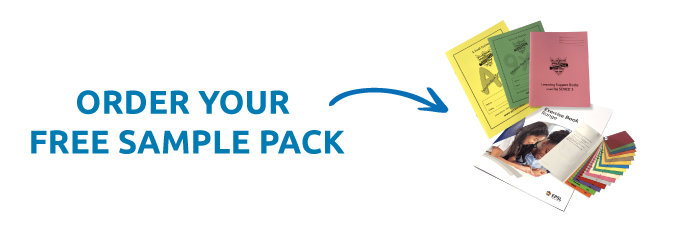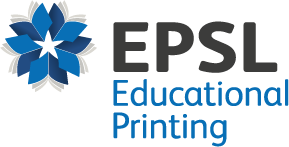We have a wide variety of educational resources for helping your students retain information here at EPSL, such as school exercise books, personalised exercise books and supplementary reading material. All of these help create the most productive learning environment possible for pupils, and when combined with the following techniques, they can help key classroom takeaways to stick with your students.
The forgetting curve
In the 1880’s psychologist Hermann Ebbinghaus discovered that information delivered without any reinforcement or connections to prior knowledge is forgotten strikingly fast - roughly 56 percent in one hour, 66 percent after a day and 75 percent after six days. This observational measure of how much we forget over time is called the forgetting curve.
So, what can be done to help students retain the information they are taught in class? Well, you can make a few simple adjustments to your teaching schedule over the year to give your students the best chance of remembering and absorbing information. Here are 4 strategies that are proven to be useful in the classroom.
Peer to peer explanation
While it's great for students to listen and obtain necessary information directly from the teacher, if fellow students then reinforce that information, it's more likely to strengthen their memories and build connections in your student's brains. Not only that, but it encourages collaboration, builds relationships and encourages interaction amongst your pupils. Some pupils may even benefit from an alternative perspective from someone their age, so peer to peer explanation should always be encouraged.
Incorporate spaced repetition
Students are exposed to a wealth of information daily at school, so committing all of it to memory is incredibly difficult, especially without employing the right techniques in the classroom. That’s why every teacher and student can benefit from using spaced repetition.
Research demonstrates that students retain learned information more accurately when given multiple chances to revisit and review it. That can be done by rehashing critical points of previous topics in future lessons, study sessions or homework throughout the year, re-exposing your students to past information and helping them create more connections around it. This further solidifies the topic in their memories and helps them form a deeper understanding of the subject matter.
Make use of frequent practice tests or trivia
Routinely exposing your students to practice tests weekly or biweekly will not only help to enhance the retention of information around recent topics, but it'll help them adjust to the environment of tests, which can be daunting to say the least. Much like spaced repetition, recapping recent subject matter in smaller, less intimidating tests will help bolster your student's memories while giving you an accurate measure of where they are with their understanding of specific topics.
You can change how you present these tests to your students for variation, or for example, at the end of the month, you can vary from a mini-test to a trivia competition and introduce prizes to encourage your students further. Breaking down the subject matter of a yearly exam into bite-sized chunks that you continue to revisit weekly is an effective way to enhance memory, prepare your pupils for their exams, and reduce unnecessary anxiety or stress.
Make use of visual aids
We live in a visual world, so incorporating visual aids into your lessons will help ensure pupils know and remember more. Many studies show that students learn from courses that provide information in a visual format, which is unsurprising when you consider that our brains process visual information 60,000 times faster than text, taking just three milliseconds to process an image. Using images combined with text (as opposed to just one medium in isolation) will help students to organise information better in their heads.
These are just a few simple yet effective techniques to implement in the classroom to improve your students learning. Combine these efforts with quality learning materials like school exercise books, personalised exercise books and supplementary reading material and watch your students flourish! At EPSL, we have everything you need to help bolster your students’ memory retention right here on our site. If you have any questions at all don’t hesitate to get in touch on 01254 686 500. We’re always happy to help!






